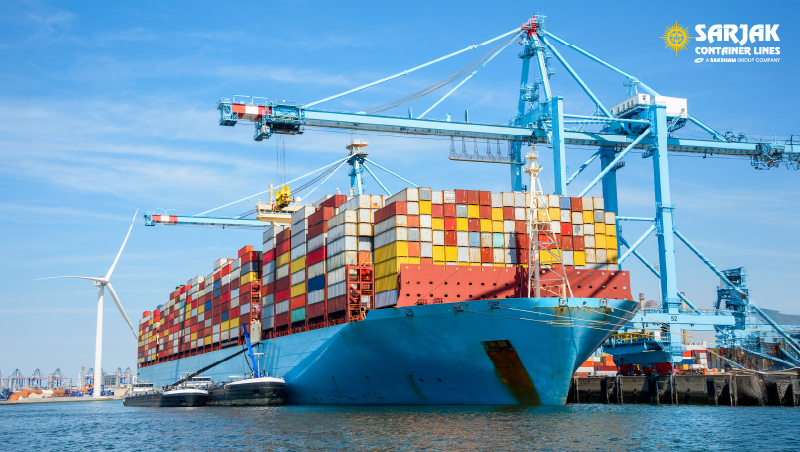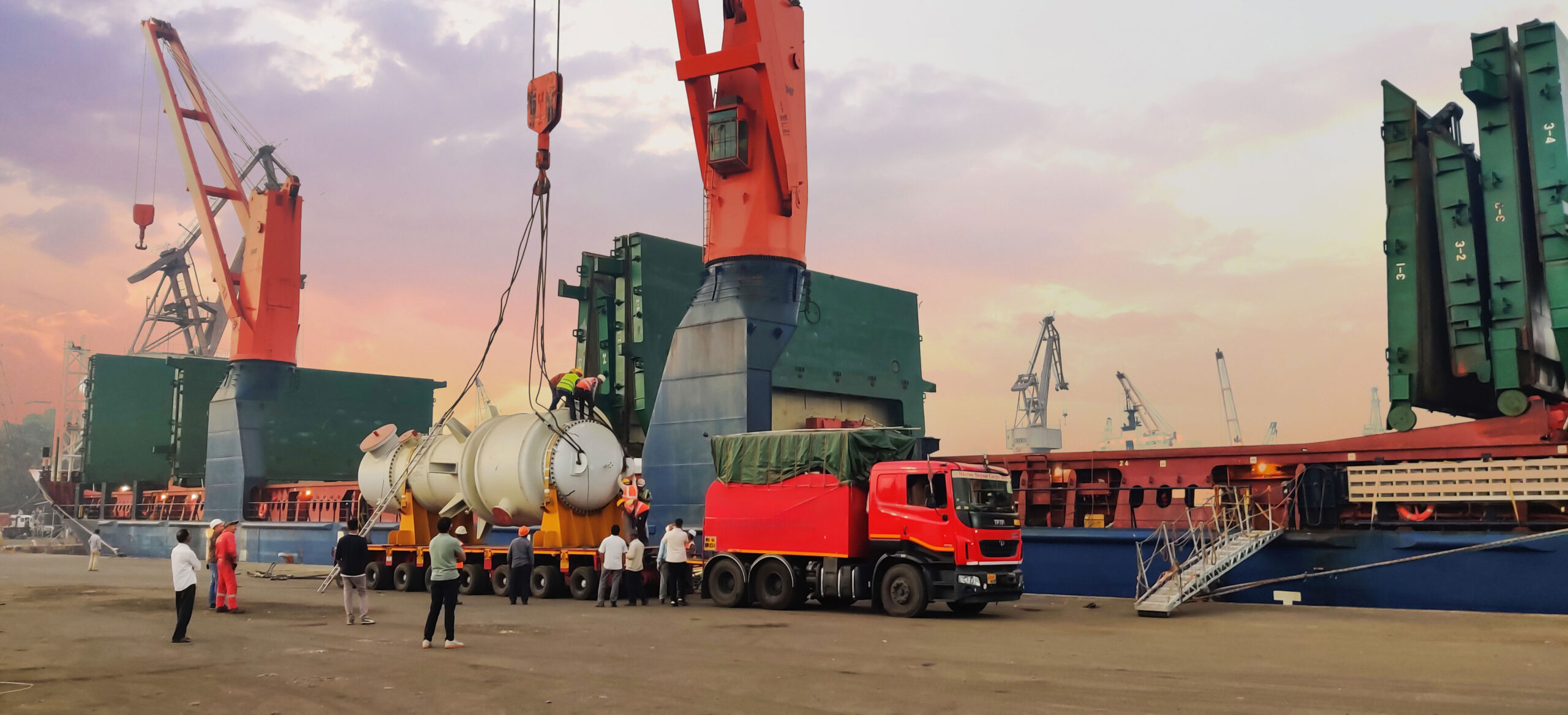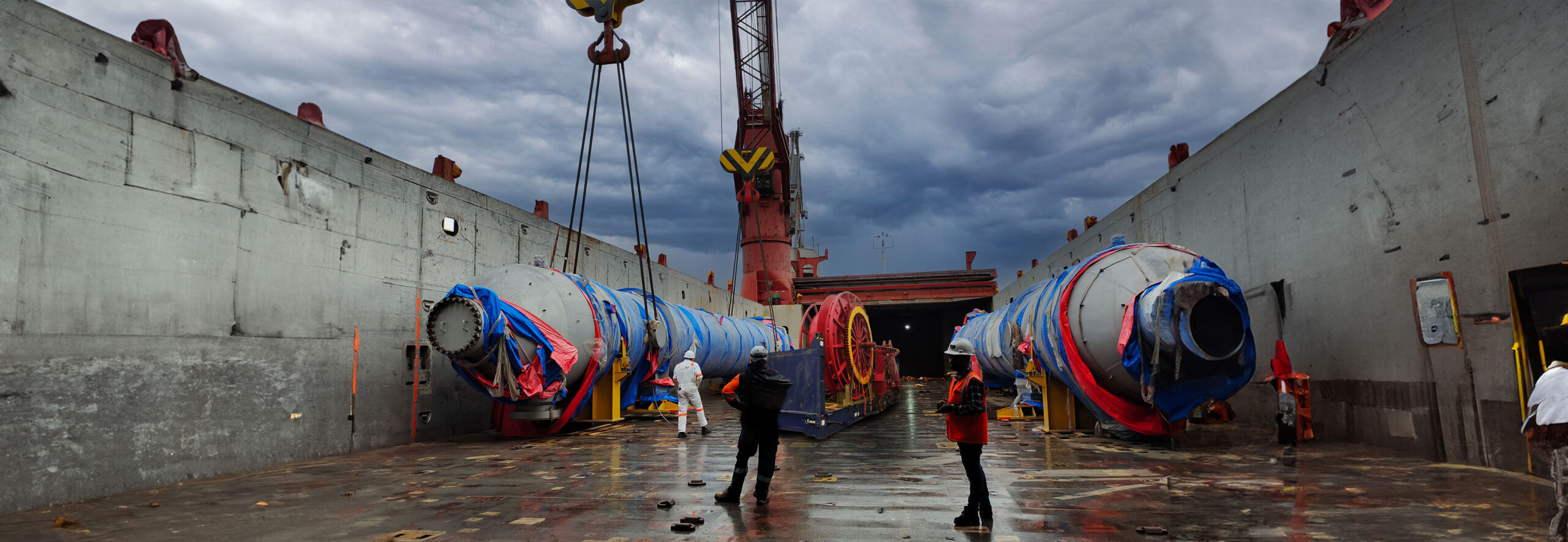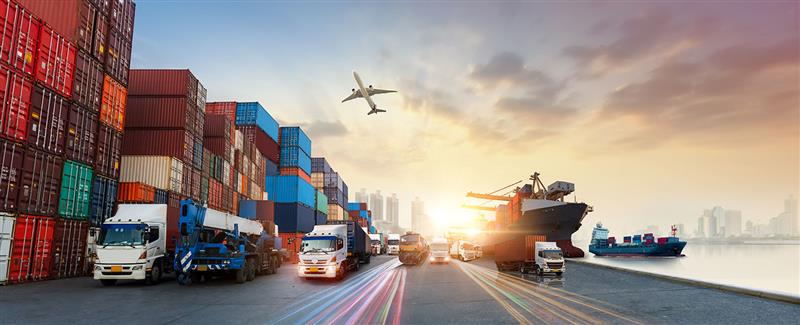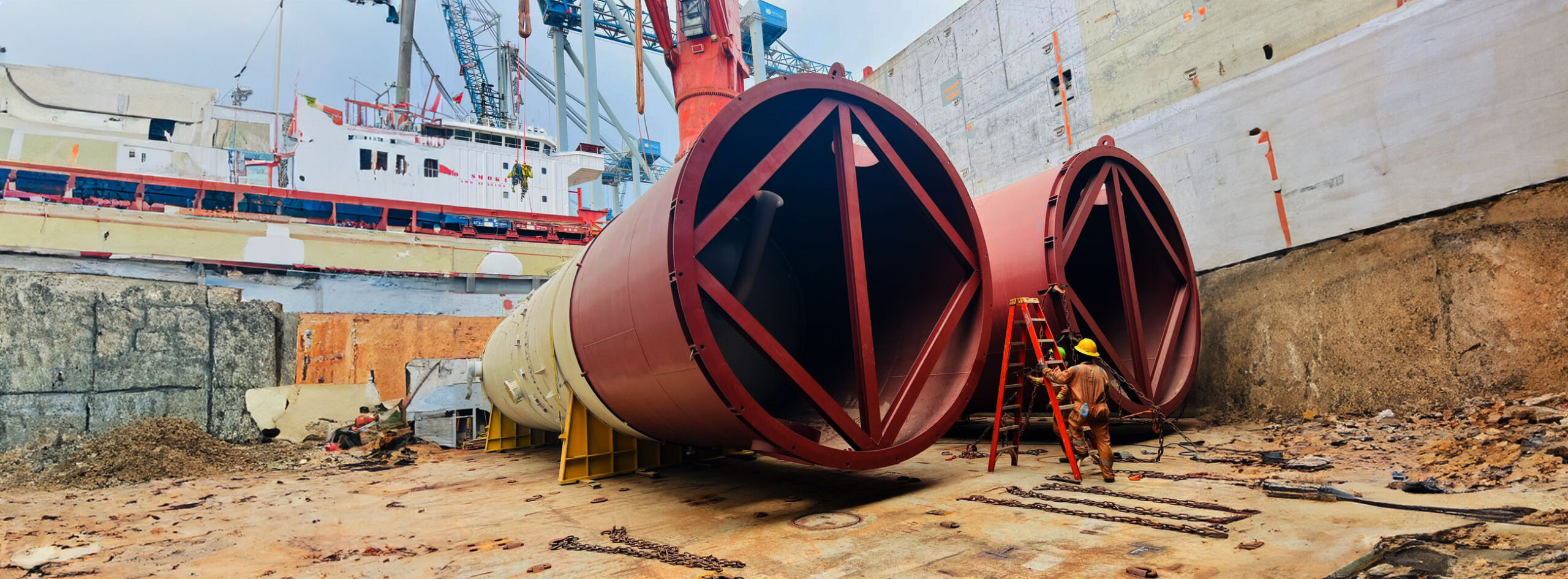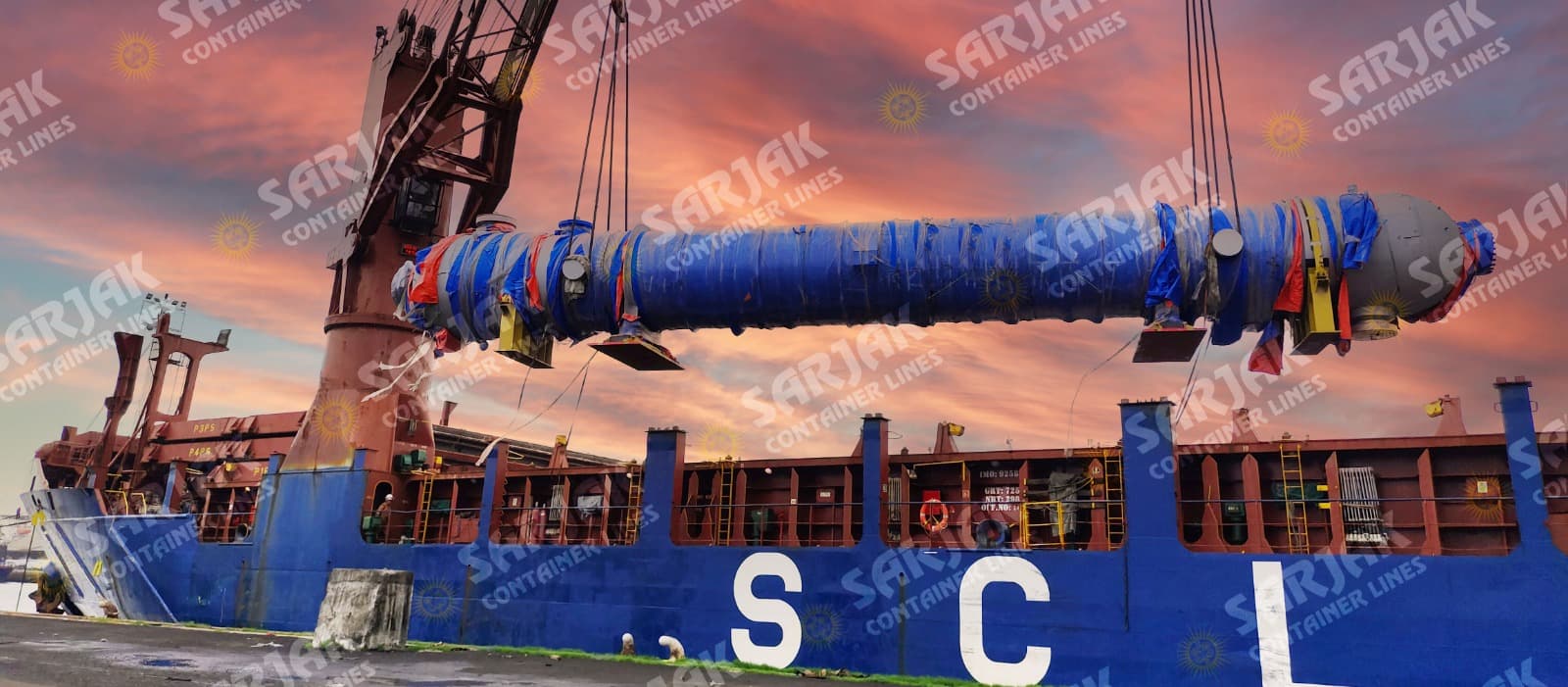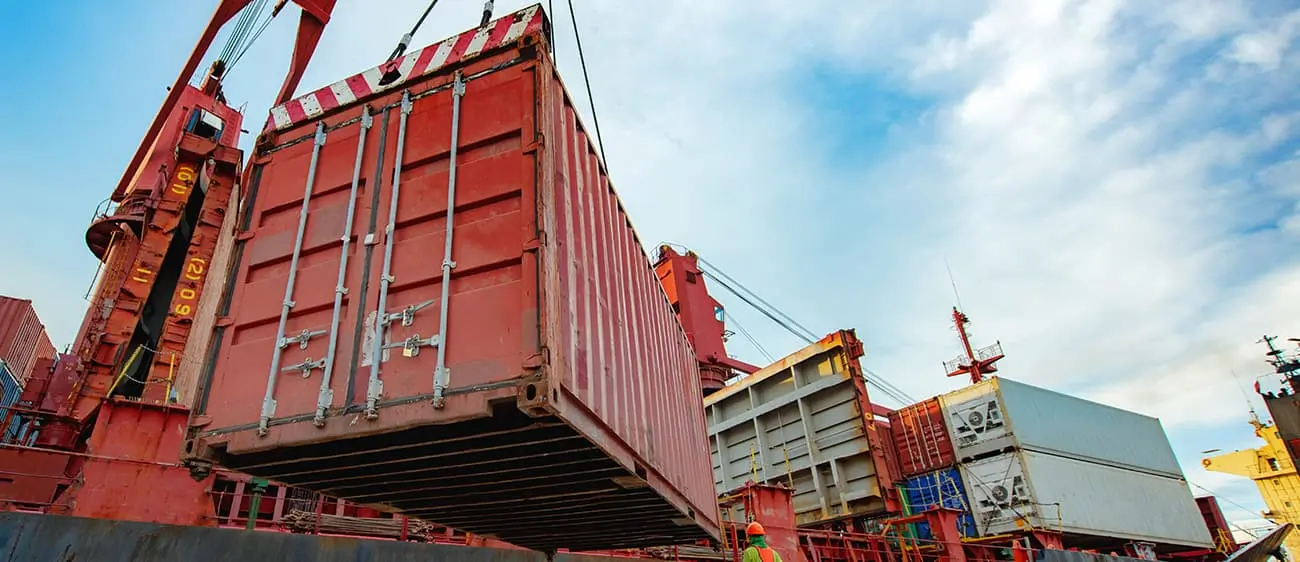Shipping oversized cargo isn’t like sending standard shipments; it involves careful planning and an intricate understanding of logistics. We’re talking about oversized goods, massive machinery, industrial equipment, construction materials, and other components that significantly exceed standard container dimensions.
To help you navigate this process smoothly, here are the top 10 detailed considerations to ensure your oversized cargo reaches its destination safely and efficiently.
1. Understanding Oversized Cargo Size and Limits
Clearly identifying oversized cargo is fundamental.
Typically, any cargo surpassing the following dimensions is considered oversized:
| Dimension | Standard Limit (Road Transport) | Implication |
| Width | Over 8ft 6in (2.59 m) | Requires wide-load permits |
| Height | Over 13ft 6in (4.11 m) | Requires clearance checks and height permits |
| Length | Over 53ft (16.15 m) | Requires length permits and special trailers |
| Weight | Over 46,000 lbs (20,865 kg) | Requires overweight permits and equipment |
Accurate measurement documentation helps streamline regulatory approval and logistics planning.
2. Regulatory Compliance: Essential Permits and Paperwork
Oversized cargo involves navigating complex legal requirements.
Critical documentation includes:
- Overweight and oversized permits
- Route-specific permits
- Customs documentation for international transit
Work closely with regulatory experts or logistics specialists to ensure all necessary paperwork is correct, thus preventing delays or fines.
3. Selecting the Appropriate Transportation Mode
Choosing the correct mode of transport significantly impacts the success of your shipment:
- Road Transport: Flexible for shorter journeys and direct deliveries, but affected by road restrictions.
- Rail Transport: Ideal for heavy, bulky items traveling overland across long distances.
- Sea Transport: Cost-effective for international freight due to large cargo capacities.
- Air Transport: Fastest method suitable for urgent, high-value items, although most expensive.
4. Detailed Route Planning and Surveys
Meticulous route planning ensures smooth transit by avoiding obstacles like low bridges, tight turns, and weight-limited roads. Conducting detailed route surveys and securing route-specific permits beforehand helps avoid costly disruptions.
5. Proper Packaging and Securement Techniques
Properly securing cargo is critical when figuring out how to ship oversized cargo.
Essential techniques include:
- Custom-built wooden crates or steel frames
- Load binders and tensioning chains
- Blocking, bracing, and cushioning materials
- Weatherproof coverings to protect against environmental elements
Proper packaging reduces risks of damage during transportation and ensures public safety.
6. Specialized Equipment Required for Oversized Cargo
Shipping oversized cargo typically requires specialized transport equipment:
- Flatbed Trailers: For robust, heavy-duty items.
- Lowboy Trailers: Accommodate tall cargo that exceeds height limits.
- Extendable Trailers: Ideal for exceptionally long cargo, such as turbine blades.
- Heavy Lift Cranes and Forklifts: Necessary for safe loading/unloading operations.
7. Comprehensive Cost Breakdown for Oversized Cargo Shipping
Understanding the full range of costs helps effective budgeting. Costs typically include:
- Cargo dimensions and weight fees
- Distance and complexity of the route
- Permit acquisition and escort vehicles
- Equipment rental charges
- Insurance premiums
- Storage fees, if applicable
Always request transparent pricing from your logistics provider.
8. Insurance and Liability: Protecting Your Valuable Shipment
Shipping oversized cargo inherently involves risks such as potential damage, delays, or loss. Comprehensive insurance and clearly defined liability terms are essential.
Confirm coverage limitations, exclusions, and how claims will be managed with your insurance and logistics providers.
9. Choosing a Trusted Logistics Partner
Working with a reliable and experienced logistics partner, like Sarjak Container Lines, ensures your cargo is managed professionally.
Benefits include:
- Expertise in regulatory compliance
- Access to specialized equipment
- Experienced staff for handling complex logistics
- Comprehensive insurance coverage
- Reliable communication and real-time tracking
10. Preparing Robust Contingency Plans
Even with thorough planning, unexpected issues like weather conditions, mechanical failures, or regulatory changes can occur.
Prepare detailed contingency plans, including alternative routes, backup equipment, and clear communication strategies with your logistics partner to handle unforeseen circumstances effectively.
Conclusion
Successfully managing oversized cargo requires detailed planning, specialized knowledge, and the right logistics partner. By carefully considering these ten essential points, you can ensure your shipment is safe, timely, and compliant.
If you’re ready to take the next step or need expert guidance tailored specifically to your logistics needs, don’t hesitate to contact our dedicated team at Sarjak Container Lines.
Contact us today projects@sarjak.com to discuss your requirements and see how we can support your oversized cargo shipping projects effectively.

